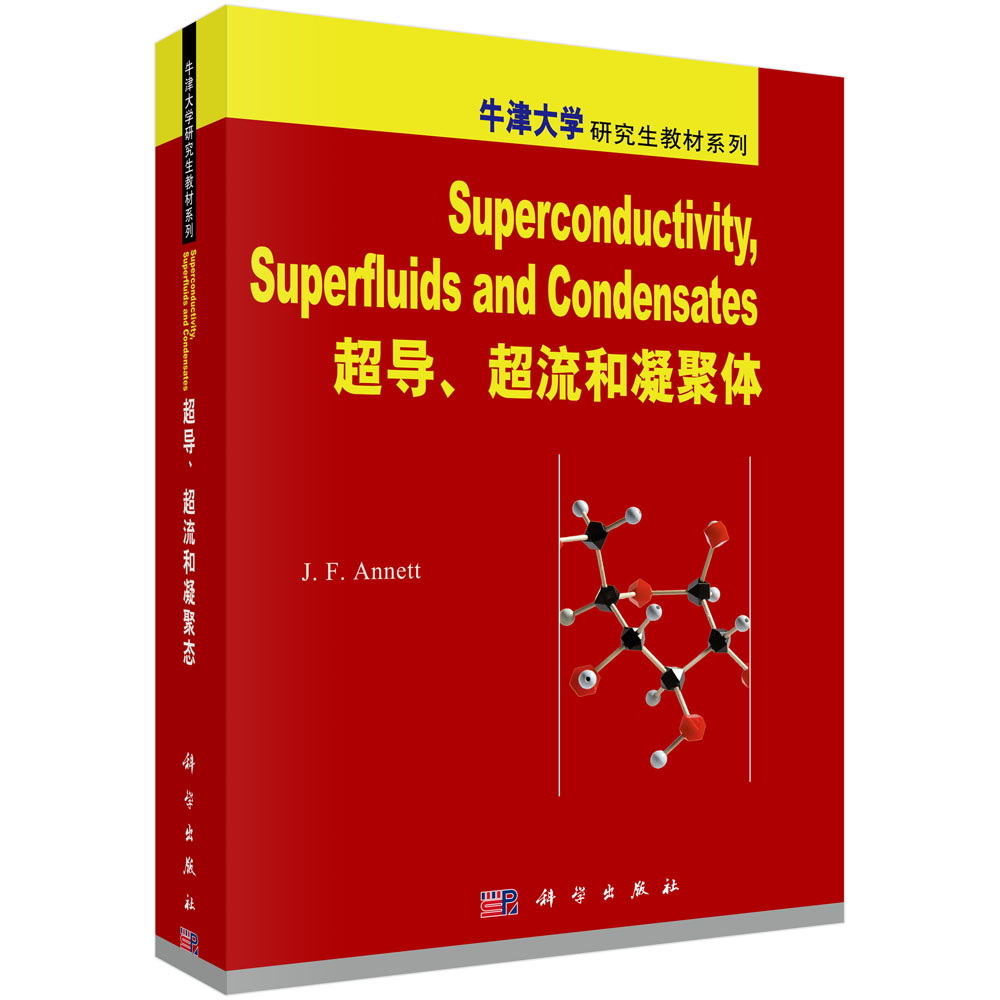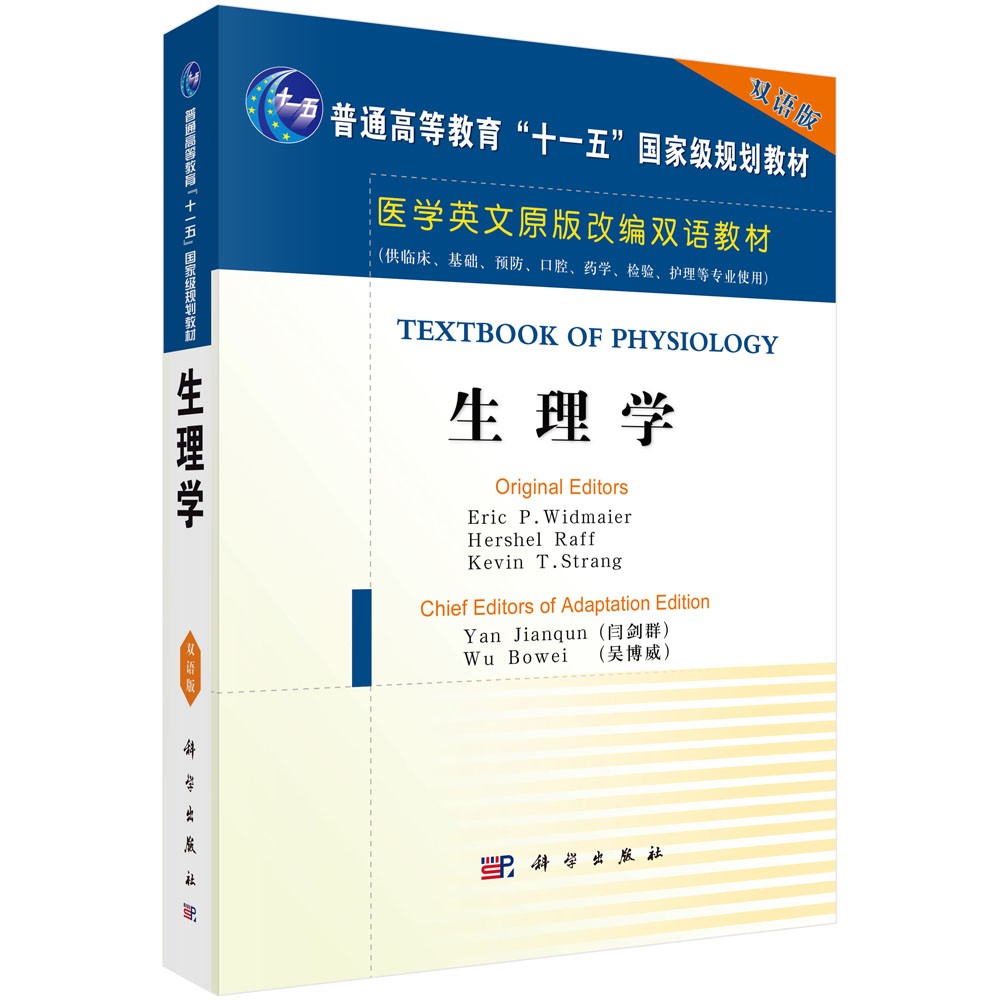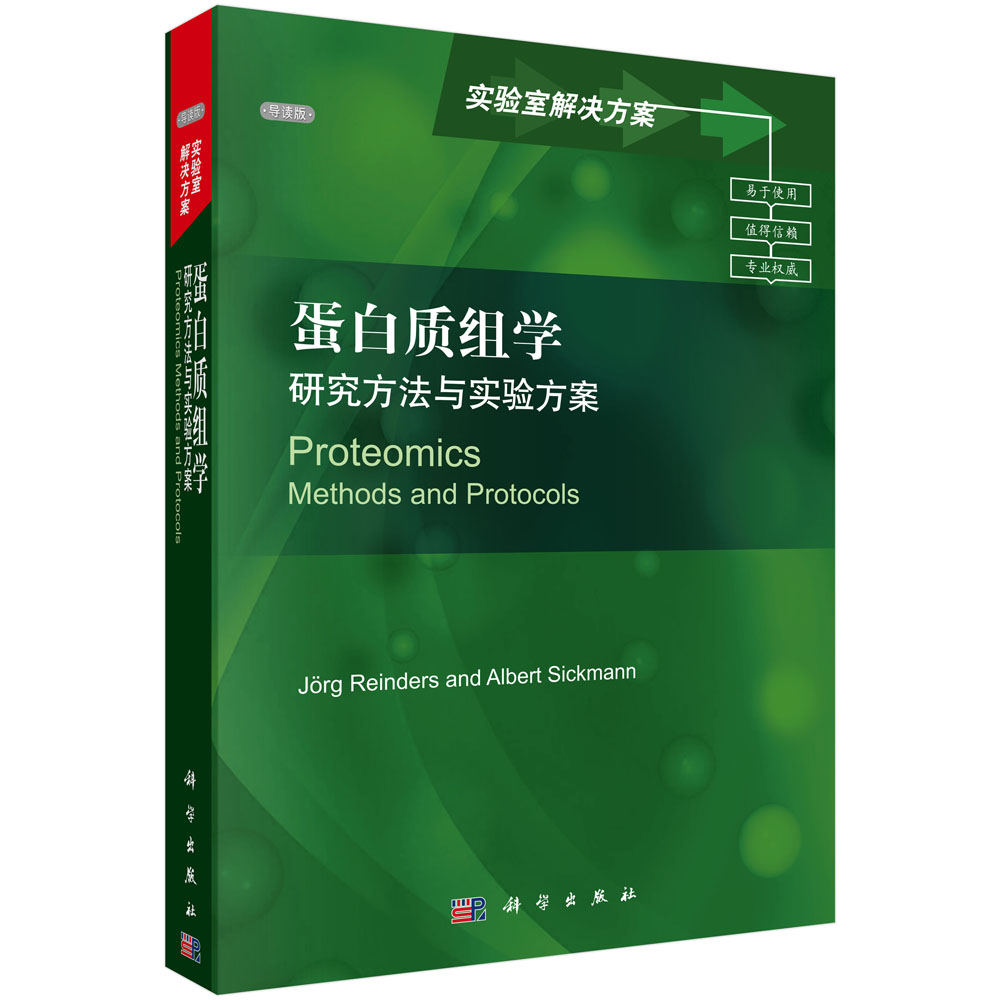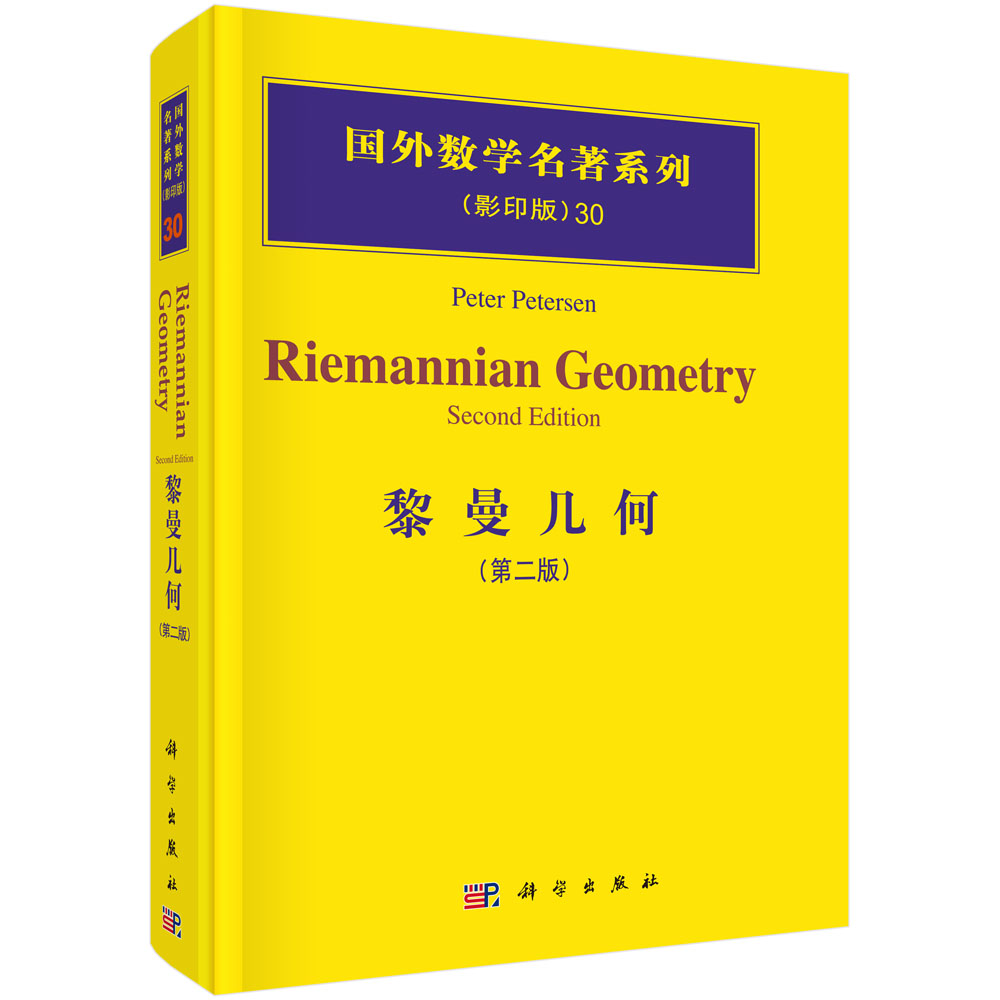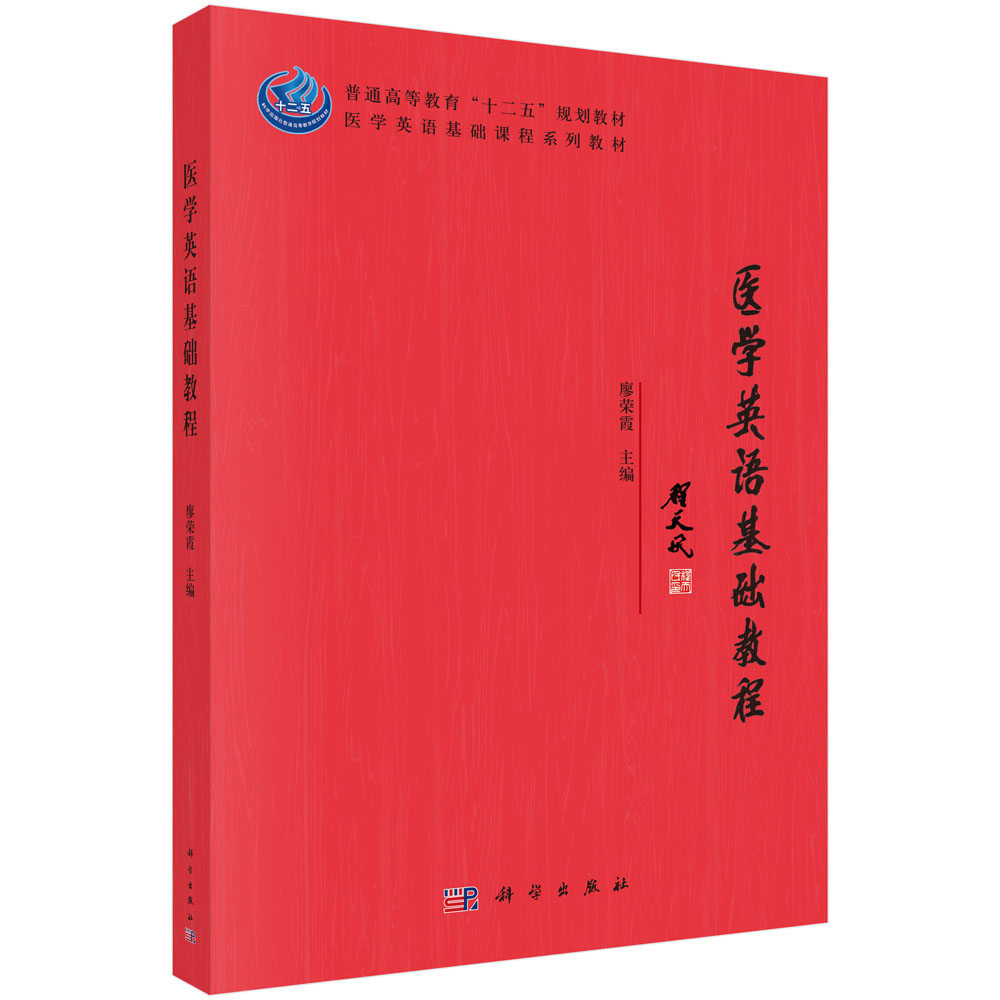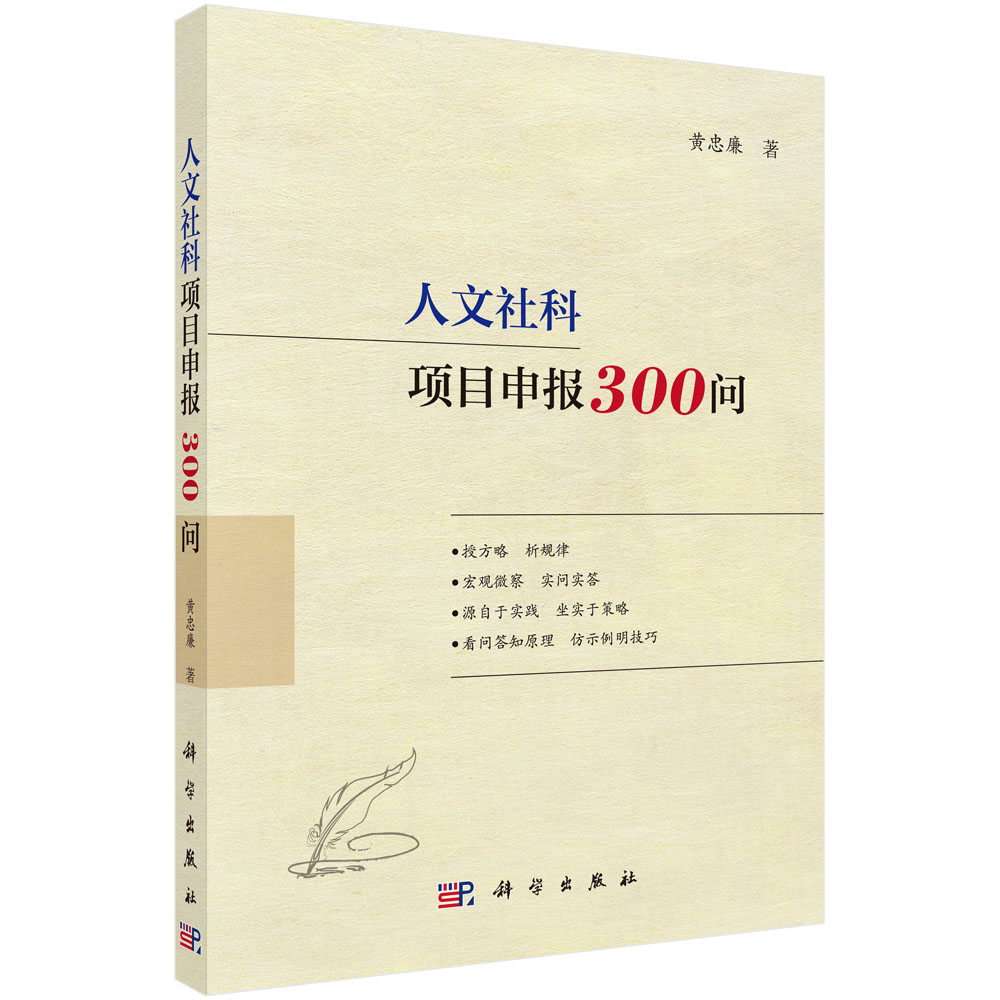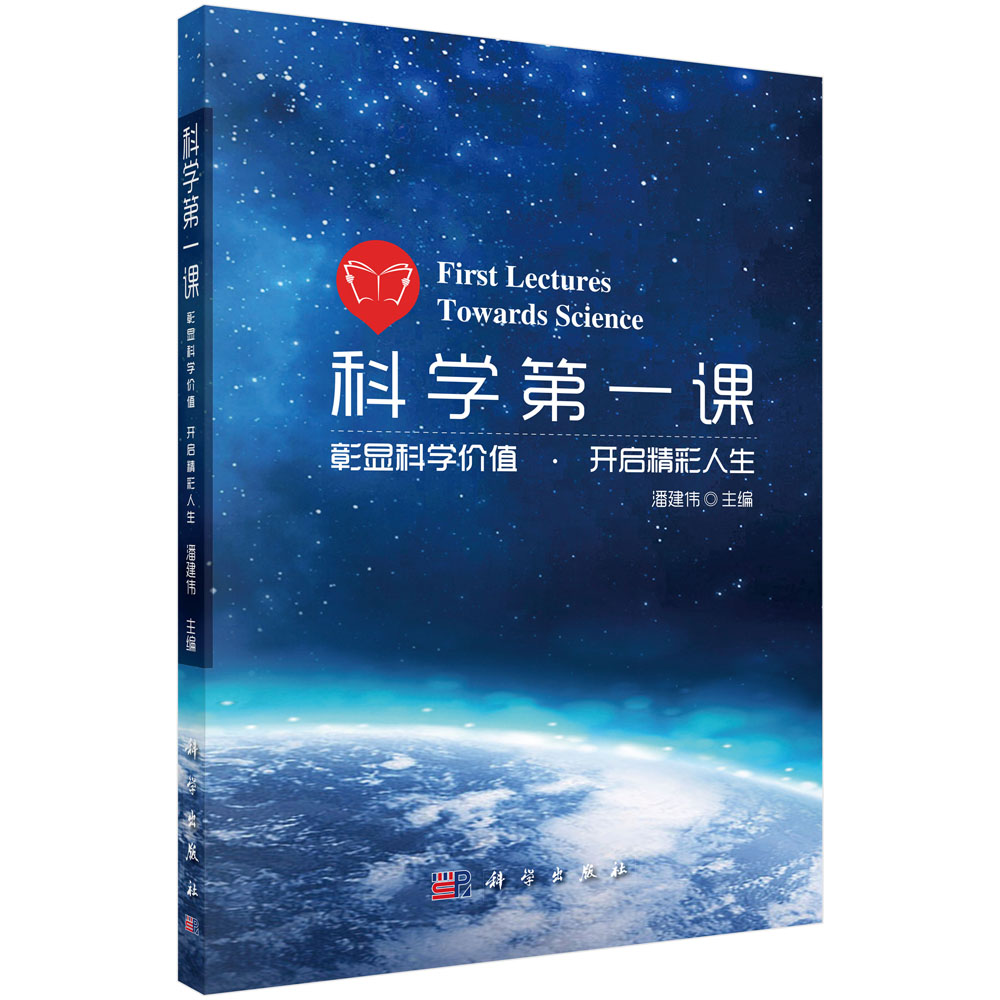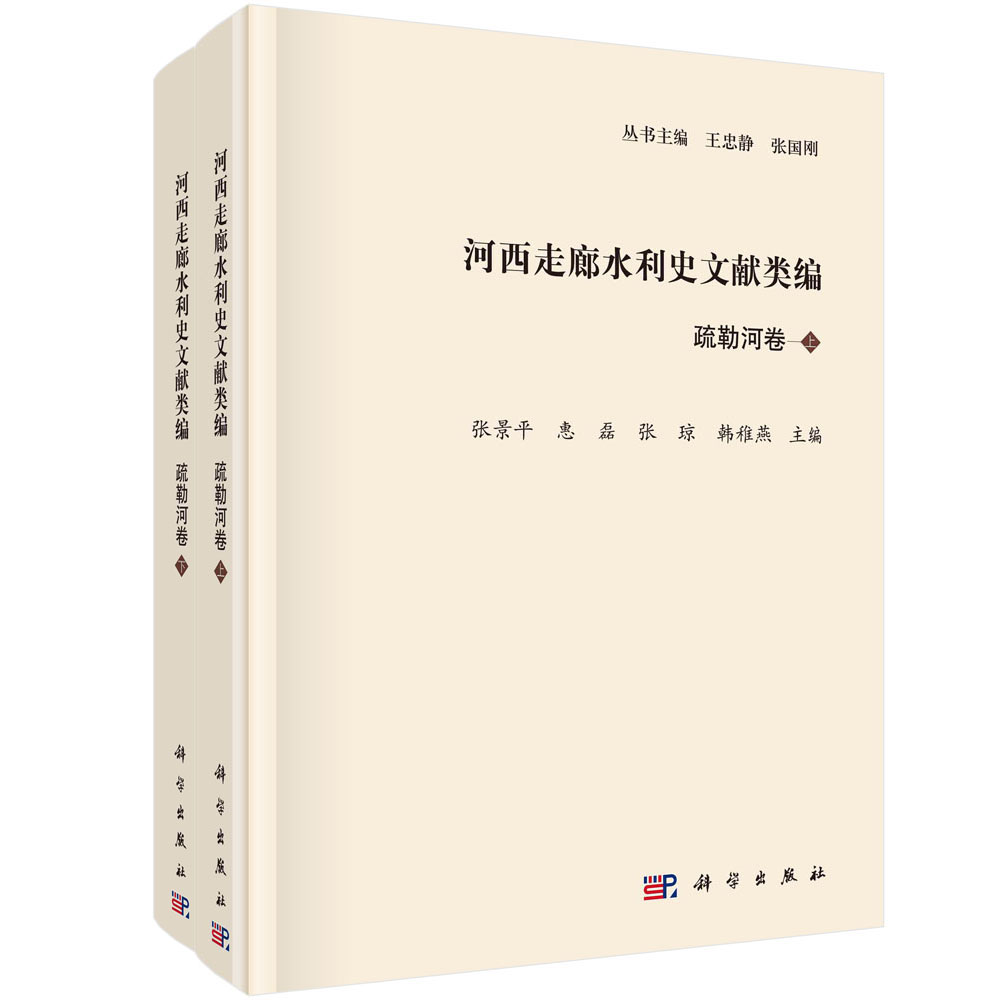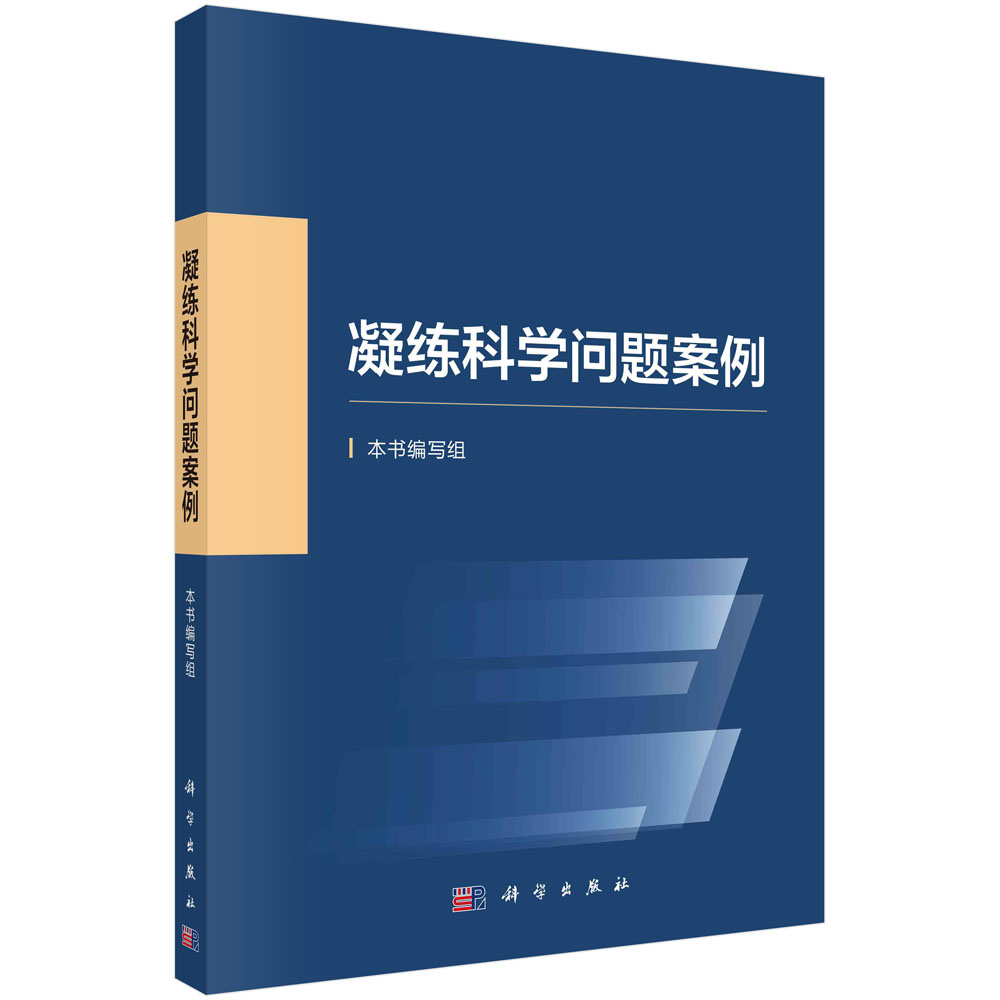目录
- Contents
1. Introductlon 1
2. Atomic Structure 5
2.1 One-Electron Systems 5
2.3 Magnetic Effects 7
2.3.1 Precessional Motion 8
2.3.2 Spin-Orbit Interaction 8
2.4 General Many-Electron Systems 9
2.5 The Influence of External Fields 10
2.5.1 Magnetic Fields 18
2.5.2 Electric Fields 21
2.6 Hyperfine Structure 23
2.6.1 Magnetic Hyperfine Structure 23
2.6.2 Electric Hyperfine Structure 25
2.7 The Influence of External Fields (hfs) 26
2.8 Isotopic Shifts 29
3. Molecular Structure 31
3.1 Electronic Levels 32
3.2 Rotational Energy 35
3.3 Vibrational Energy 36
3.4 Polyatomic Molecules 37
3.5 Clusters 39
3.6 Other Molecular Structures 40
4. Radiation and Scattering Processes 41
4.1 Resonance Radiation 41
4.2 Spectra Generated by Dipole rlyansitions 51
4.2.1 Atoms 52
4.2.2 Molecules 55
4.3 Rayleigh and Raman Scattering 61
4.4 Raman Spectra 63
4.4.1 Vibrational Raman Spectra 63
4.4.2 Rotational R,aman Spectra 64
4.4.3 Vibrational-Rotational Raman Spectra 64
4.5 Mie Scattering 65
4.6 Atmospheric Scattering Phenomena 66
4.7 Comparison Between Different Radiation and Scattering Processes 69
4.8 Collision-Induced Processes 70
5. Spectroscopy of Inner Electrons 71
5.1 X-Ray Spectroscopy 71
5.1.1 X-Ray Emission Spectroscopy 73
5.1.2 X-Ray Absorption Spectroscopy 79
5.1.3 X-Ray Imaging Applications 82
5.2 Photoelectron Spectroscopy 85
5.2.1 XPS Techniques and Results 87
5.2.2 Chemical Shifts 90
5.3 Auger Electron Spectroscopy 95
6. Optical Spectroscopy 97
6.1 Light Sources 97
6.1.1 Line Light Sources 98
6.1.2 Continuum Light Sources 106
6.1.3 Synchrotron R,adiation 108
6.1.4 Natural Radiation Sources 113
6.2 Spectral Resolution Instruments 114
6.2.1 Prism Spectrometers 114
6.2.2 Grating Spectrometers 117
6.2.3 The Fabry-Perot Interferometer 121
6.2.4 The Fourier Transform Spectrometer 126
6.3 Detectors 128
6.4 0ptical Components and Materials 134
6.4.1 Interference Filters and Mirrors 134
6.4.2 Absorption Filters 138
6.4.3 Polarizers 141
6.4.5 Influence of the Transmission Medium 144
6.5 Optical Methods of Chemical Analysis 148
6.5.2 Atomic Absorption/Emission Spectrophotometry 151
6.5.3 Burners, Flames, Sample Preparation and Measurements155
6.5.4 Modified Methods of Atomization 156
6.5.5 Multi-Element Analysis 157
6.5.6 Molecular Spectrophotometry 158
6.5.7 Raman Spectroscopy 160
6.6 Optical Remote Sensing 162
6.6.1 Atmospheric Monitoring with Passive Techniques 164
6.6.2 Land and Water Measurements with Passive Techniques 171
6.7 Astrophysical Spectroscopy 176
7. Radio-Frequency Spectroscopy 187
7.1 Resonance Methods 187
7.1.1 Magnetic Resonance 187
7.1.2 Atomic-Beam Magnetic Resonance 189
7.1.3 Optical Pumping 197
7.1.4 Optical Double Resonance 200
7.1.5 Level-Crossing Spectroscopy 203
7.1.6 Resonance Methods for Liquids and Solids 209
7.2 Microwave Radiometry 218
7.3 Radio Astronomy 222
8. Lasers 227
8.1 Basic Principles 227
8.2 Coherence 230
8.3 Resonators and Mode Structure 231
8.4 Fixed-FYequency Lasers 236
8.4.1 The Ruby Laser 236
8.4.2 Four-Level Lasers 238
8.4.3 Pulsed Gas Lasers 241
8.4.4 The He-Ne Laser 243
8.4.5 Gaseous Ion Lasers 244
8.5 Tunable Lasers 246
8.5.1 Dye Lasers 246
8.5.2 Colour-Centre Lasers 255
8.5.3 Tunable Solid-State Lasers 256
8.5.4 Tunable C02 Lasers 257
8.5.5 Semiconductor Lasers 259
8.6 Nonlinear Optical Phenomena 262
8.7 Ultra-short and Ultra-high-Power Laser Pulse Generation 276
8.7.1 Short-Pulse Generation by Mode-Locking 276
8.7.2 Generation of Ultra-high Power Pulses Laser Spectroscopy 282
9. Laser Spectroscopy 287
9.1 Basic Principles 287
9.1.1 Comparison Between Conventional Light Sources and Lasers 287
9.1.2 Saturation 287
9.1.3 Excitation Methods 289
9.1.5 Laser Wavelength Setting 292
9.2 Doppler-Limited Techniques 294
9.2.1 Absorption Measurements 294
9.2.2 Intracavity Absorption Measurements 296
9.2.3 Absorption Measurements on Excited States 297
9.2.5 Two-Photon Absorption Measurements 299
9.2.6 0pto-Galvanic Spectroscopy 301
9.2.7 Single-Atom and Single-Molecule Detection 304
9.2.8 0pto-Acoustic Spectroscopy 304
9.3 0pticaIDouble-Resonance and Level-Crossing Experiments with Laser Excitation 306
9.4 Time-Resolved Atomic and Molecular Spectroscopy 311
9.4.1 Generation of Short Optical Pulses 312
9.4.2 Measurement Techniques for Optical Transients 312
9.4.3 Background to Lifetime Measurements 318
9.4.4 Survey of Methods of Measurement
9.4.5 Quantum-Beat Spectroscopy 325
9.5.1 Ultrafast Measurement Techniques 332
9.5.2 Molecular Reaction Dynamics (Femtochemistry) 336
9.6 High-Power Laser Experiments 339
9.6.1 Above Threshold Ionization (ATI) 340
9.6.2 High Harmonic Generation 342
9.6.3 X-Ray Laser Pumping 347
9.6.4 Broadban. d X-Ray Generation 348
9.6.5 Relativistic Effects and Laser Accelerators 351
9.6.6 Laser-Nuclear Interactions and Laser-Driven Fusion. 351
9.7 High-Resolution Laser Spectroscopy 351
9.7.1 Spectroscopy on Collimated Atomic and Ionic Beams 352
9.7.2 Saturation Spectroscopy and Related Techniques 359
9.7.3 Doppler-Free Two-Photon Absorption 368
9.8 Cooling and Trapping of Ions and Atoms 374
9.8.3 Basic Laser Cooling in Traps. 377
9.8.4 Trapped Ion Spectroscopy 379
9.8.5 Atom Cooling and Trapping 379
9.8.8 Bose-Einstein Condensation and "Atom Lasers" 384
9.8.9 Ultracold Fermionic Gases 387
10. Laser-Spectroscopic Applications 389
10.1 Diagnostics of Combustion Processes 389
10.1.1 Background 389
10.1.2 Laser-Induced Fluorescence and Related Techniques . 392
10.1.3 Raman Spectroscopy 398
10.1.4 Coherent Anti-Stokes Raman Scattering 398
10.1.5 Velocity Measurements 403
10.2 Laser Remote Sensing of the Atmosphere 406
10.2.1 0ptical Heterodyne Detection 407
10.2.2 Long-Path Absorption Techniques 408
10.3 Laser-Induced Fluorescence
and R aman Spectroscopy in Liquids and Solids 425
10.3.1 Hydrospheric Remote Sensing 426
10.3.2 Vegetation Monitoring 429
10.3.3 Monitoring of Surface Layers 430
10.4 Laser-Induced Chemical Processes 435
10.4.1 Laser-Induced Chemistry 435
10.4.2 Laser Isotope Separation 436
10.5 Spectroscopic Aspects of Lasers in Medicine 441
10.5.1 Thermal Interaction of Laser Light with Tissue 441
10.5.2 Photodynamic Tumour Therapy 443
10.5.3 Tissue Diagnostics with Laser-Induced Fluorescence 447
10.5.4 Scattering Spectroscopy and Tissue Transillumination 454
Questions and Exercises 461
References 473
Index 575
